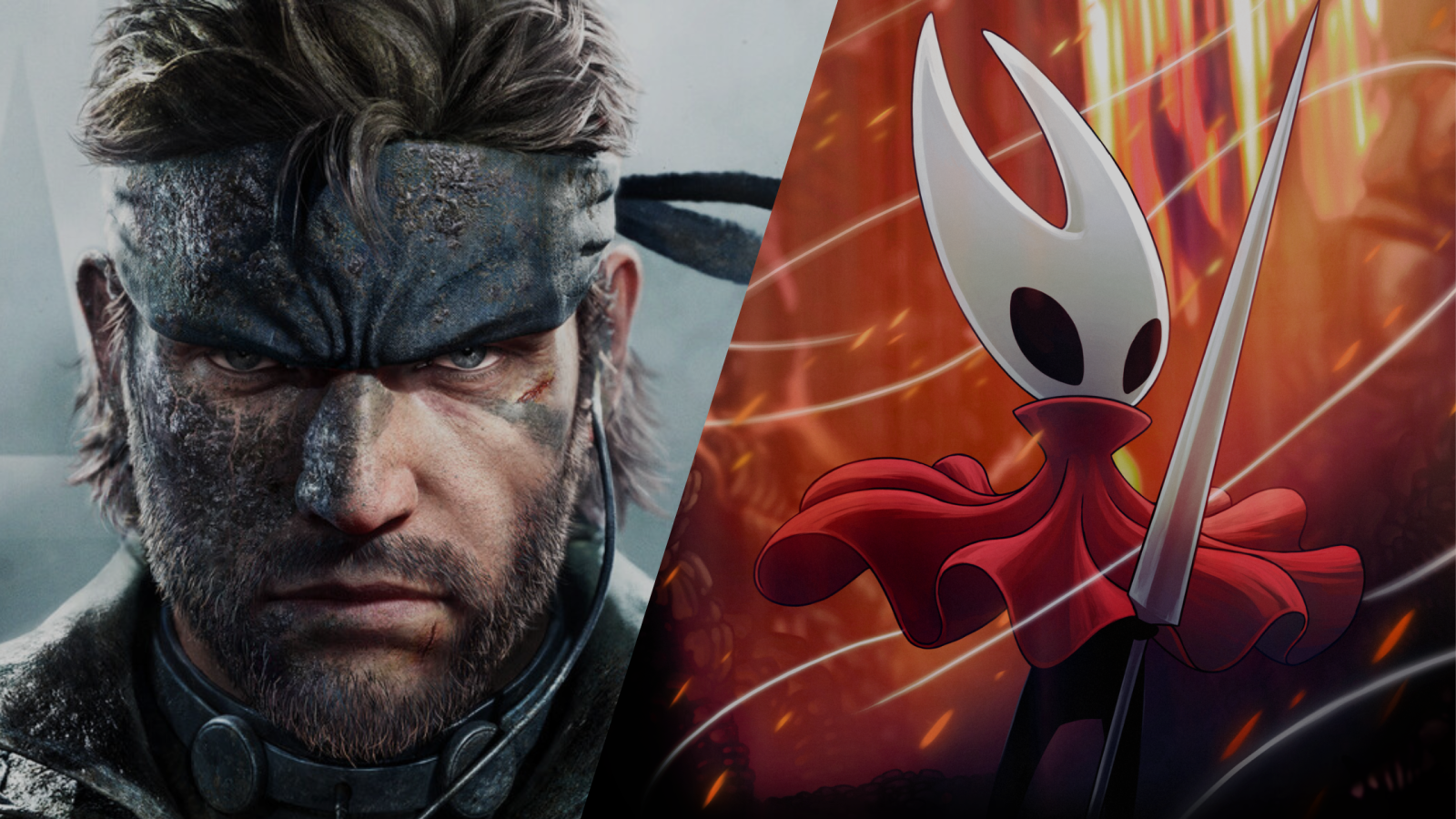What the AAA video game industry can learn from indie success


A review of the video game releases from the past few years depicts a games landscape dominated by remakes, remasters, and sequels. From the perspective of the publishers, the appeal of this strategy is easy to understand. These games come with a built-in audience, which makes them a relatively safe bet for publishers. Additionally, remakes and remasters typically require less time and fewer resources than a new IP, often while still being sold at full price.
Konami’s recent success with the Metal Gear Solid 3: Snake Eater remake underscores the effectiveness of this strategy short-term. Next year’s list of releases indicates that publishers plan to continue to greenlight similar projects, reassured that established properties always come preloaded with fan goodwill.
The remake economy has limits, however. While it does provide a temporary buffer in times of market uncertainty, when studios may be hesitant to risk investment in new IP, publishers who find themselves mining old properties endlessly may jeopardise their future relevance and long-term growth.
However, the ongoing success of remakes still has lessons to teach developers about the market. Arguably, the most important being that, despite the lasting impact of these well-crafted, immersive worlds and gameplay philosophies, there is a perceived absence of the characteristics that made them popular in modern gaming.
Nostalgia is great – but not when it causes passivity
Understanding the success of remakes requires acknowledging that players are paying for more than upgraded graphics or modernised controls; they are also paying for a return to the feeling they had when they first played the game. This nostalgia can be the foundations of a powerful emotional connection, but it is finite and fickle. Eventually, players will tire of reheated content and potentially grow resentful of the exploitation of their fond memories.
The opportunity lies in taking the essence of what made older titles beloved and evolving them for modern audiences. This approach allows developers to capture the magic of the past while avoiding the creative stagnation that comes with endlessly recycling the same IP. Few examples illustrate this point better than the success of the Hollow Knight series.
Featured Report
India market focus A fandom and AI-forward online population
Online Indian consumers are expected to be early movers. They are high entertainment consumers, AI enthusiasts, and high spenders – especially on fandom. This report explores a population that is an early adopter, format-agnostic, mobile-first audience, with huge growth potential.
Find out more…When paying homage pays off
Developed by independent studio Team Cherry, the game is not part of a long running franchise. Instead, it started life as a Kickstarter campaign looking to replicate the gaming experiences of the developer’s youth. In drawing heavily on the Metroidvania tradition – a game genre that rose to prominence in the ‘80s and ‘90s through classics like Castlevania: Symphony of the Night and Super Metroid – while also weaving in gameplay elements from modern titles, Hollow Knight managed to carve out a unique place in the modern gaming landscape.
This allowed it to resonate with both longtime fans of the genre and new players. The result? The original game, Hollow Knight, has sold 15 million copies as of August 2025 and its sequel Hollow Knight: Silksong is poised to see similar success. Both provide a flagship example of how new IP can thrive by honouring the past through evolution and homage, while filling gaps left in the current market by larger industry players.
Past properties, future possibilities
From a market research perspective, the over-reliance on remakes and sequels carries risks beyond consumer fatigue. Investors and publishers who focus too heavily on short-term gains may miss opportunities to build the next enduring gaming franchise. New IP is more resource-intensive upfront, but it represents a long-term asset that can fuel growth for years, if not decades.
Consider how many of today’s powerhouse franchises – Halo, The Witcher, Dark Souls – were once untested risks. Their initial success laid the foundation for ecosystems of sequels, spinoffs, merchandise, and community engagement. Without bold investments in new properties, the industry risks stagnation, with fewer opportunities to generate the kind of breakout success that redefines genres and captures global audiences.
Moreover, consumers are becoming increasingly savvy. Players can tell when they are being sold the same product in a new package, and while nostalgia may work in the short term, it cannot sustain loyalty indefinitely. A generation of gamers raised on remakes will look elsewhere for innovation if the industry fails to deliver, and indie studios – with the rise of AI technology and other tools serving to level the playing field –are poised to take over a larger share of the market.
Hollow Knight demonstrates that new IP can capture hearts and wallets without needing to lean on legacy franchises. AAA publishers and developers, with their extensive portfolios of established IP, will need to exercise discernment in how they incorporate beloved titles from the past, particularly as market uncertainty makes remakes and remasters appear to be the safest path forward. If the industry learns from past successes, it can build tomorrow’s classics instead of just recycling yesterday’s.
Image credits: Konami via IGDB / Team Cherry

The discussion around this post has not yet got started, be the first to add an opinion.